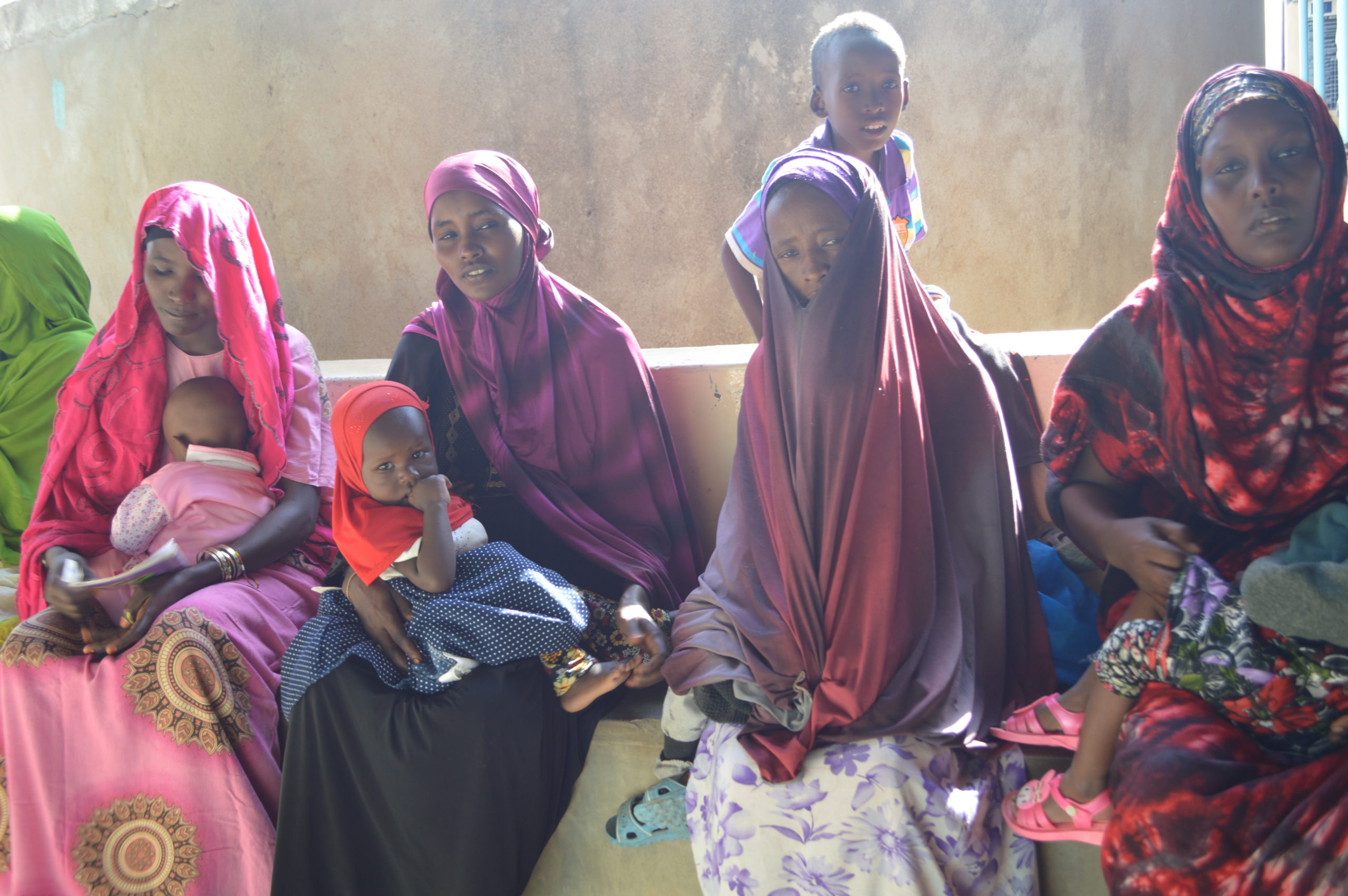By Mary Mwendwa
Nairobi, Kenya: Today, the world celebrated world sickle Cell Disease (SCD) day. The celebration marked a milestone in Africa where Novartis and its partners announced the expansion of the Africa Sickle Cell Disease program to East Africa.
With the signature of two new memoranda of understanding with the Ministries of Health of Uganda and Tanzania. The program, first launched in Ghana in November 2019, aims to improve and extend the lives of people with SCD in sub-Saharan Africa, with plans to reach a total of 10 countries by 2022.
sickle cell anemia a severe hereditary form of anemia in which a mutated form of hemoglobin distorts the red blood cells into a crescent shape at low oxygen levels. It is commonest among those of African descent.
Ministry of Health in Kenya has pointed out during their daily covid-19 briefing that Sickle Cell anemia patients are a risk group to Covid-19 due to their compromised immune. It has further advised all patients to seek medical attention whenever they experience COVID-19 symptoms and to stock drugs that can last them for at least a month.
Reports indicate that Kenya has around 6000 people living with sickle cell anemia, while approximately 1000 children in Africa are born with Sickle Cell Disease every day, and more than half will die before they reach the age of five.
Dr. Patrice Matchaba, Group Head of Global Health & Corporate Responsibility at Novartis, “We are excited to join forces with the Ministries of Health of Uganda and Tanzania and local partners to reimagine treatment and care for people with sickle cell disease.”Adding “In this time of worldwide uncertainty, it is even more important to support people living with chronic conditions like sickle cell disease.”
Within the scope of these public-private partnerships, Novartis and its partners have agreed to explore collaboration opportunities aimed at tackling the growing burden of SCD in their countries. The partners intend to develop and implement a comprehensive approach that includes making diagnosis and treatment available, accessible and affordable for patients and their families; promoting scientific research, training and education; and pursuing robust monitoring and evaluation of the program. As a next step, Novartis plans to work with the respective Ministries of Health to further define the scope of each collaboration and explore opportunities for additional partnerships.
In Ghana, the program is already making progress with more than 2000 patients being treated with hydroxyurea in 11 treatment centers across the country. To date, Novartis has delivered more than 60 000 treatments of hydroxyurea in Ghana, helping ensure SCD patients have uninterrupted access to treatment during the global pandemic. At the same time, Novartis has registered the medicine for the treatment of SCD in Uganda, Tanzania, and Kenya. Hydroxyurea is a commonly used medicine for patients with SCD in developed countries and is approved for use in both adults and children. A recent study, published in the New England Journal of Medicine2, indicates that hydroxyurea is effective and safe in children with SCD in sub-Saharan Africa and reduces the incidence of pain events (vaso-occlusive crises), malaria, blood transfusions, and death.
In addition, Novartis has signed a memorandum of understanding with the University of Ghana with the intent to collaborate on promoting education, research, advocacy, and capacity building to advance Ghana’s national health agenda to improve the health and well-being of people with SCD. At the same time, we are continuing our efforts to develop a child-friendly formulation of hydroxyurea and have announced plans to conduct two clinical trials in Ghana and Kenya for its next-generation treatment for SCD, crizanlizumab. Crizanlizumab, a novel targeted biologic therapy, is approved in a number of countries to reduce the number of pain crises in people with SCD. The trials are expected to start in 2020; this will be the first time that a biologic therapy, which is not a vaccine, enters multicenter clinical trials in sub-Saharan Africa (excluding South Africa).
“As we fight the COVID-19 pandemic in Africa, we cannot lose sight of other health priorities for the region, including sickle cell disease,” said Dr. Charles Kiyaga, Sickle Cell Program Head at the Ministry of Health in Uganda. “Such partnerships between the public and private sector are necessary to help accelerate progress in SCD prevention and management for the benefit of the patients, their families, and communities.”
Sickle cell disease is recognized by the World Health Organization as a public health priority and a neglected health problem in sub-Saharan Africa, which carries approximately 80% of the global disease burden. Four In countries in West, Central and East Africa, the prevalence of the sickle cell gene are between 10 to 30%, while in some areas it is as high as 45%.5 It is estimated that approximately 1 000 children in Africa are born with SCD every day and more than half die before they reach five years of age.1 This is due primarily to a lack of early diagnosis through newborn screening, penicillin prophylaxis, parental education, and comprehensive care. In resource-poor countries, more than 90% of children with SCD do not survive to adulthood.















